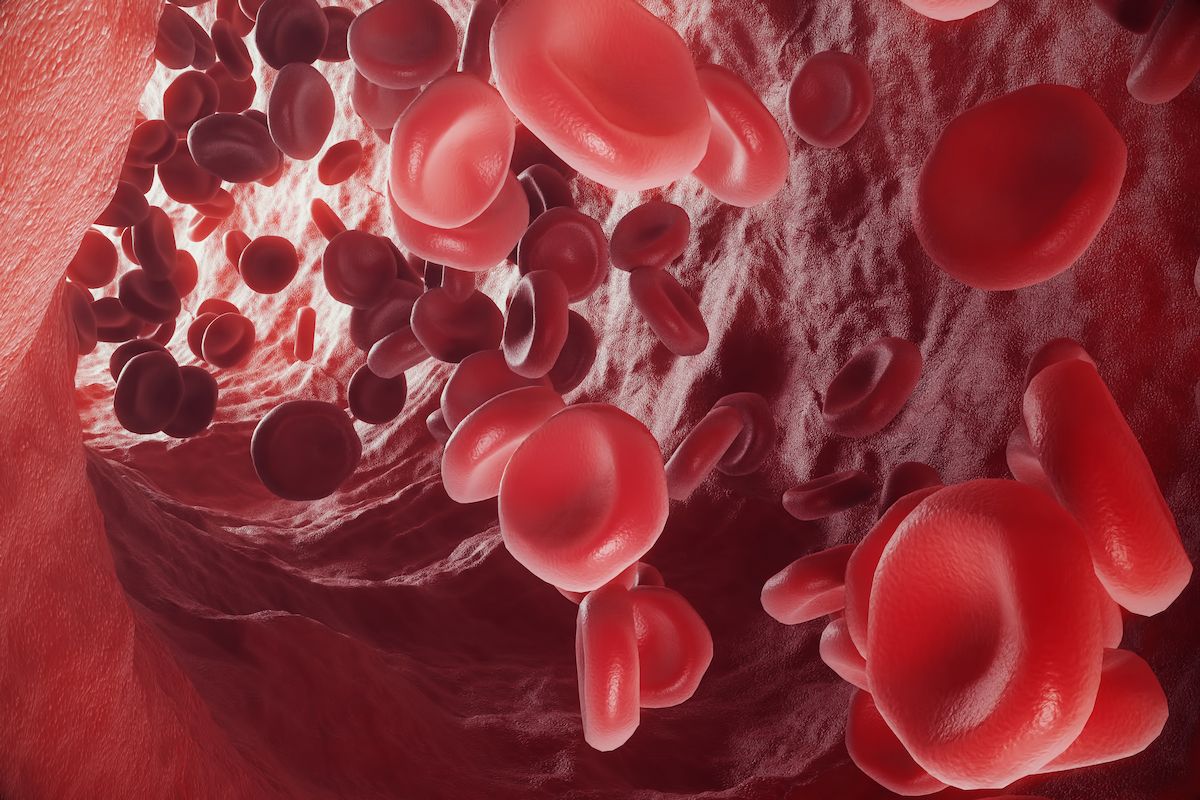Talquetamab Elicits Durable Responses, Survival in R/R Multiple Myeloma
The safety profile of talquetamab continued to show a lower high-grade infection risk relative to other approved anti-BCMA bispecific antibodies.
In the weekly, biweekly, and TCR talquetamab groups, respectively, the median progression-free survival was 7.5 months, 11.2 months, and 7.7 months.

Talquetamab-tgvs (Talvey) elicited durable objective response rates (ORRs) and promising survival outcomes in patients with relapsed/refractory multiple myeloma, according to an extended median follow-up analysis of the phase 1/2 MonumenTAL-1 trial (NCT03399799/NCT04634552) presented at the 2025 American Society of Clinical Oncology Annual Meeting.
Efficacy data revealed that the ORR remained high and comparable to previously published results, with 74.1% (n = 106/143) of patients treated with weekly talquetamab, 69.5% (n = 107/154) of patients treated with biweekly talquetamab, and 66.7% (n = 52/78) of patients previously treated with T-cell redirection therapy (TCR) and talquetamab responding to treatment. In each respective group, 32.9%, 40.3%, and 42.3% attained a complete response or better; 26.6%, 18.8%, and 12.8% attained a very good partial response; and 14.7%, 10.4%, and 11.5% attained a partial response.
In the weekly, biweekly, and TCR groups, respectively, the median follow-up was 38.2 months, 31.2 months, and 30.3 months. The median duration of response (DOR) in each group was 9.5 months (95% CI, 6.7-13.4), 17.5 months (95% CI, 12.5-25.1), and 19.2 months (95% CI, 8.1-24.7). Additionally, the median progression-free survival (PFS) was 7.5 months (95% CI, 5.7-9.4), 11.2 months (95% CI, 7.7-14.6), and 7.7 months (95% CI, 4.1-14.5), respectively.
The minimal residual disease (MRD) negativity rate at 10–5 among those treated with weekly and biweekly talquetamab was 64.3% (95% CI, 51.9%-75.4%) vs 65.2% (95% CI, 52.8%-76.3%), and 57.1% (95% CI, 37.2%-75.5%) among those previously treated with TCR. Of note, patients who received prior CAR T-cell therapy had numerically higher overall survival (OS) rates vs those who received prior bispecific antibody treatment, but the numbers were too small to achieve significance.
The median OS among the weekly, biweekly, and prior TCR groups was 34.0 months (95% CI, 25.6-not estimable [NE]), NE (95% CI, NE-NE), and 28.3 months (95% CI, 19.5-NE), respectively. In each group, the 36-month OS rates were 49.3% (95% CI, 40.4%-57.6%), 60.8% (95% CI, 51.5%-68.8%), and 44.6% (95% CI, 31.4%-57.0%).
“At an extended [median follow-up of 30 to 38 months], patients with [relapsed/refractory multiple myeloma] treated with talquetamab continue to demonstrate deep and durable responses and tolerable safety with no new discontinuations due to GPRC5D-related adverse effects [AEs],” Leo Rasche, MD, attending physician at the University Hospital of Würzburg and professor of clinical and translational myeloma at the University of Würzburg in Germany, noted in the presentation with study coinvestigators. “High ORRs elicited by talquetamab were durable and led to promising 36-month OS rates.”
Patients were assigned to receive either 0.4 mg/kg of weekly talquetamab (n = 143) or 0.8 mg/kg of biweekly talquetamab (n = 154). Additionally, those with prior TCR could receive either of the aforementioned weekly or biweekly talquetamab regimens (n = 78). As of September 2024, 17, 27, and 18 patients were receiving ongoing therapy in the weekly, biweekly, and TCR arms, respectively.
The primary end point of the trial was ORR. Select secondary end points included DOR, PFS, OS, MRD-negativity rate, and safety.
Safety findings showed that the safety profile of talquetamab monotherapy in relapsed/refractory multiple myeloma was consistent with previous results. Additionally, AE-related discontinuation rates were low. However, a new safety signal, ataxia/balance disorders, was found to be associated with talquetamab but had a low presence in the MonumenTAL-1 trial.
Additional findings showed that weight loss was observed in patients but later stabilized and improved. Weight loss occurred at a higher percent change from baseline in patients with obesity or overweight, and patients with a healthy weight at baseline who remained on therapy returned to their baseline weight over time.
Reference
Rasche L, Schinke C, Touzeau C, et al. Efficacy and safety from the phase 1/2 MonumenTAL-1 study of talquetamab, a GPRC5D×CD3 bispecific antibody, in patients with relapsed/refractory multiple myeloma: analyses at an extended median follow-up. J Clin Oncol. 2025;43(suppl 16). doi:10.1200/JCO.2025.43.16_suppl.7528